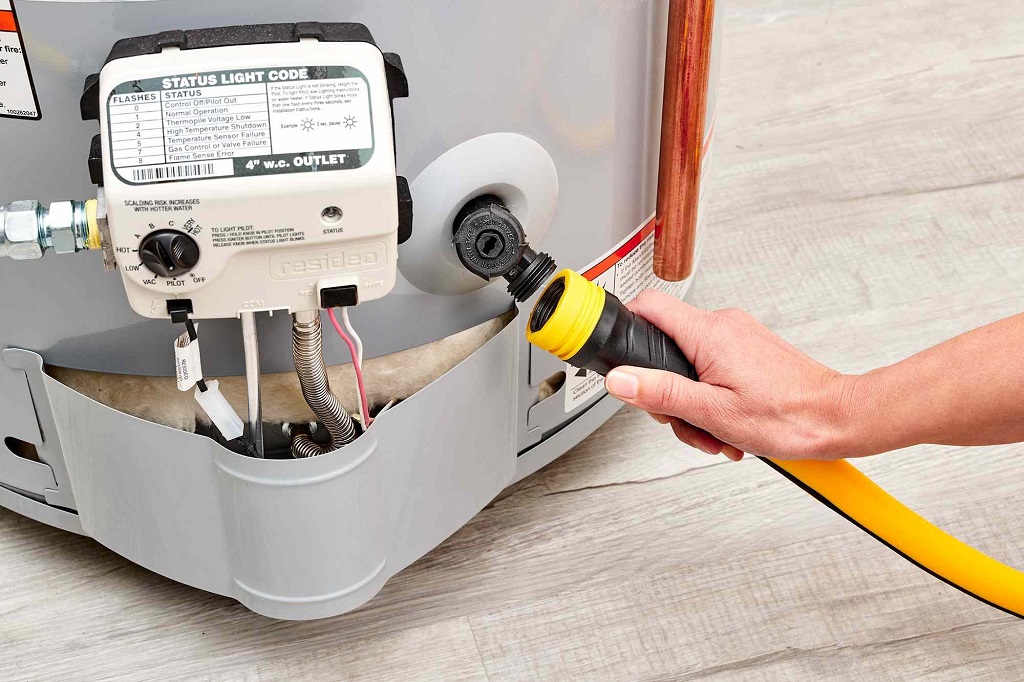Now that the cold has made its appearance is when we need to have our house conditioned and warm. For this, it is necessary to have a good floor heating system. The variety is wide and it is not always easy to decide which type is best for us. Today we tell you the advantages and disadvantages of underfloor heating.
Radiators with gas boiler, electric emitters, heat pump, pellet stoves, underfloor heating, etc. There are many systems to heat our house in winter, and all have their pros and cons. The objective is to find out which system is the most appropriate in our case.
For this, certain important variables must be taken into account, regardless of the characteristics of the different systems. We have to think if we want to install heating in a habitual residence or in a second home. Also if we spend a lot of time at home or not. And if we have many square meters to heat or live in a small apartment.
In addition, each of the methods to heat the house has its advantages and disadvantages, so knowing them well will help us to decide. Today we talk about underfloor heating.
Choosing the floor heating system
Underfloor heating, invisible heat
Although it has been installed in houses for many years, it is the most unknown system and one of the least frequent. However, the radiant floor offers a lot of advantages to its users.
It consists of a network of thin pipes of a plastic material that is installed under the pavement of the entire house. Hot water circulates through them, which gives off heat and causes it to radiate from the ground to the rest of the environment.
Since hot air weighs less than cold air, heat rises and is distributed evenly through space. In any case, at ground level, the temperature is a little higher. Far from being a problem, that increases the feeling of comfort.
Great advantages that are worth studying
You will be surprised to see the many advantages of underfloor heating. For starters, it is a high-performance system that needs very little energy to heat the water in the pipes. This is because water does not have to be very hot. In fact, optimal results are achieved with a temperature of between 30 and 45 degrees (unlike radiators, whereby water circulates at 70º no less).
For this same reason, underfloor heating has very low consumption and significant savings, ranging from 10 to 20% compared to conventional radiators.
Comfortable, hidden and sustainable
This type of heating also achieves a great feeling of comfort. I already told you before that the temperature near the ground is a little higher than at the height of the head. That translates into a very comfortable feeling. In addition, air currents are avoided and heat does not accumulate in a specific place, as happens with radiators.
Another advantage is that you do not need radiators or any other type of heat emitter, or air outlet grilles. That is why it is known as invisible heat. From a decorative point of view, it is still a very positive feature.
Finally, in this long list of qualities, underfloor heating is perfect to work with renewable energy sources, such as aerothermal, geothermal or solar panels.
Although these sources would be insufficient to generate energy for other heat systems, they do so well with the radiant floor. The water that makes it work must be at a low temperature, without exceeding 40º. That is why it is one of the most sustainable and environmentally friendly heating systems.
The disadvantages to assess
But all heating systems have some disadvantage, and underfloor heating is no exception. In the first place, it requires an important initial investment, superior to the rest of the heat systems. The installation is complex and must be carried out by qualified professionals.
The average price of a floor heating installation is around € 50 / square meter, not counting the price of the boiler. However, by consuming less energy (and allowing us to save more) in the long run this initial expense ends up being amortized.
Another aspect that can be a disadvantage is that the radiant floor is not a system which is said fast. On the contrary, it takes a lot of time to heat an environment, which is why it is not advisable for houses for a specific use. In usual dwellings, it is advisable to leave the heating always on during the winter and use a thermostat. Even so, consumption and spending are lower.
Also on the walls
This radiant heat can also be installed on the walls. It is what is called a low radiant wall. It consists of installing the network of pipes in the lower part of the walls, at the height of the base. In addition to heating the house, a thermal barrier is created that insulates the interior and reduces possible heat losses. The energy consumption can be reduced by 30% compared to the conventional radiator system.
Another particularity of underfloor heating is that it can be converted into a cooling system in summer. How? Making cold water circulating through the pipes, instead of hot. Of course, this system is suitable for areas with low ambient humidity, since if condensation problems could not occur.






